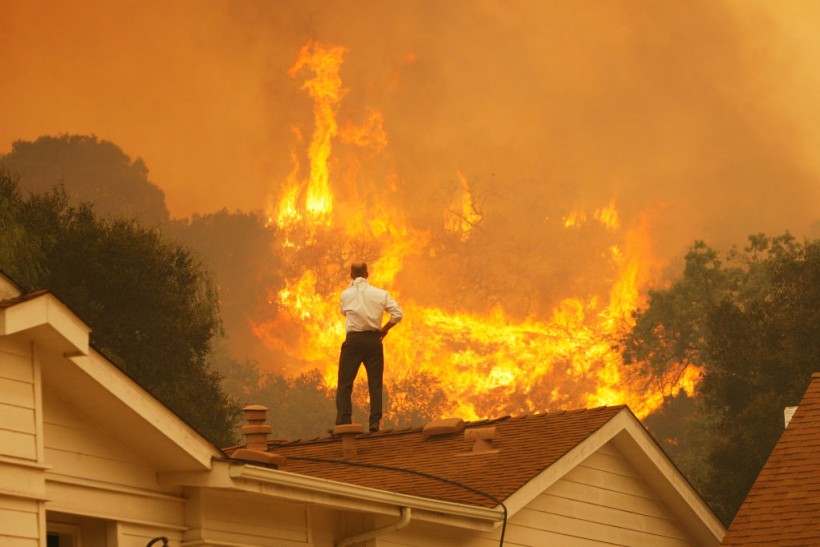As the 28th Conference of the Parties (COP28) nears, a pivotal gathering for climate action, scientists are racing to establish a unified measure defining global warming thresholds, this report shared by Phys.org tells us.
The urgency stems from a startling revelation: there's currently no globally agreed-upon method to define the current level of global warming in line with the Paris Agreement.
The Paris 1.5 Threshold Breached
In an article published in Nature ahead of COP28, a team of Met Office scientists led by Professor Richard Betts MBE highlighted this critical gap.
They emphasized that while the global average temperature in any given year is well-documented, it's insufficient to determine if the "Paris 1.5" threshold has been breached. The Paris Agreement aims to address long-term warming rather than singular annual fluctuations.
"We're in dire need of clarity on breaching the Paris Agreement guard rails," Professor Betts stressed. "Without an agreement on what actually will count as exceeding 1.5°C, we risk distraction and confusion at precisely the time when action to avoid the worst effects of climate change becomes even more urgent."
Global Warming Indicator
The proposed solution? A novel indicator combining the last decade of global temperature observations with forecasts for the next ten years. If universally adopted, this metric could trigger immediate action to curb further temperature rises.
According to their assessment, the current global warming level stands at approximately 1.26°C, with an uncertain range of 1.13°C to 1.43°C. Alarmingly, there's a likelihood that one of the next five years might surpass the 1.5°C mark.

CAMARILLO, CA - MAY 3: A man on a rooftop looks at approaching flames as the Springs fire continues to grow on May 3, 2013, near Camarillo, California. The wildfire has spread to more than 18,000 acres on day two and is 20 percent contained.
However, defining what signifies breaching the Paris Agreement's threshold remains a challenge. The Earth's climate system experiences natural variability, causing annual temperature fluctuations within narrow margins. Distinguishing human-induced warming from these natural shifts is crucial.
To complement the proposed indicators, the Met Office has introduced a new section in their Climate Dashboard. The "Indicators of Global Warming" dashboard displays eight distinct measures, providing a comprehensive overview using Met Office HadCRUT5 data.
Read Also: NASA, IBM Forge Next-Gen AI Weather Model, Advanced Climate Forecast Technology
The urgency in establishing a consensus metric arises from the Paris Agreement's ambiguity regarding defining the present level of global warming. With various methods yielding different estimates of temperature rise, there's a pressing need for a singular, universally agreed-upon metric.
"The lack of a standardized metric complicates our ability to assess and respond to crossing the 1.5°C threshold," scientists argue.
The proposed 20-year average centered around the present year serves as a potential solution. By blending a decade's worth of observations with climate projections for the next ten years, this metric could align with IPCC definitions while providing an instant indicator of ongoing warming.
While these efforts are underway, 2023 seems poised to set another record as one of the warmest years on record, following the trend since 2015.
This consistent trend, encompassing highs and lows of natural climate variability, serves as a poignant reminder of human-induced climate change's dominance in recent years.
Stay posted here at Tech Times.
Related Article: AlGreen: Hong Kong Graduates Harness Microalgae Innovation to Tackle Climate Change










